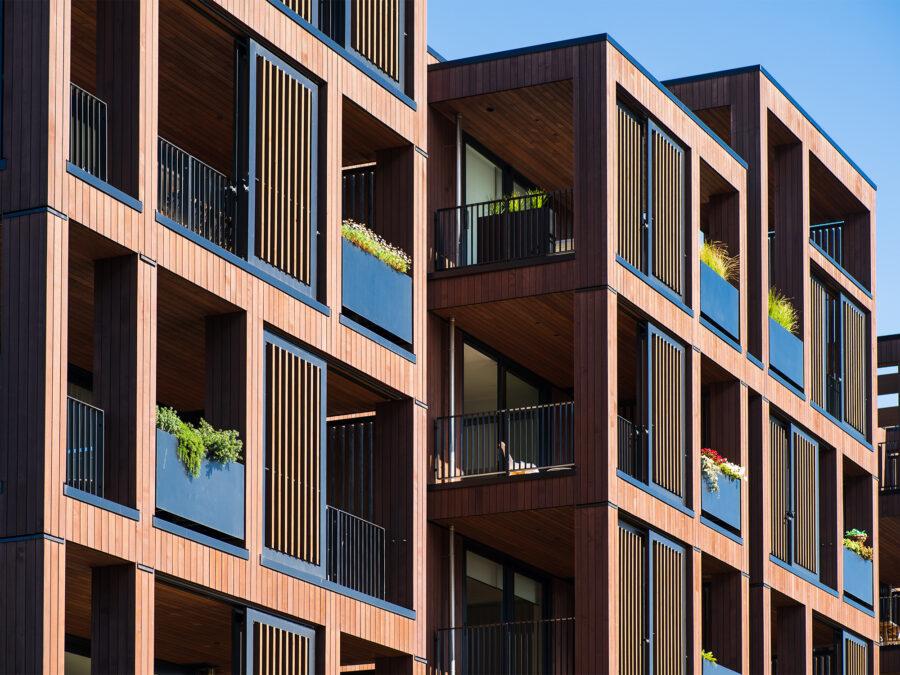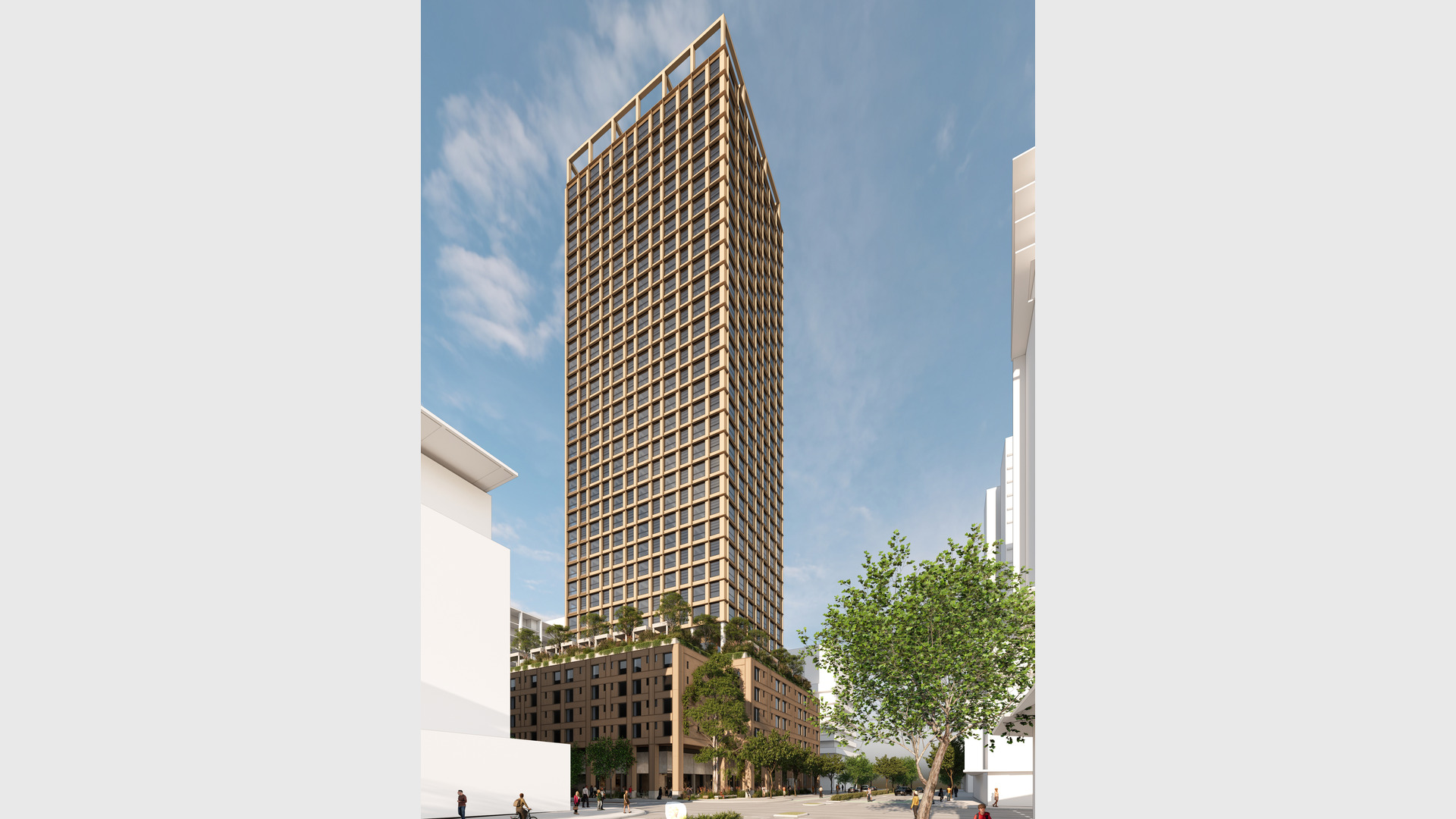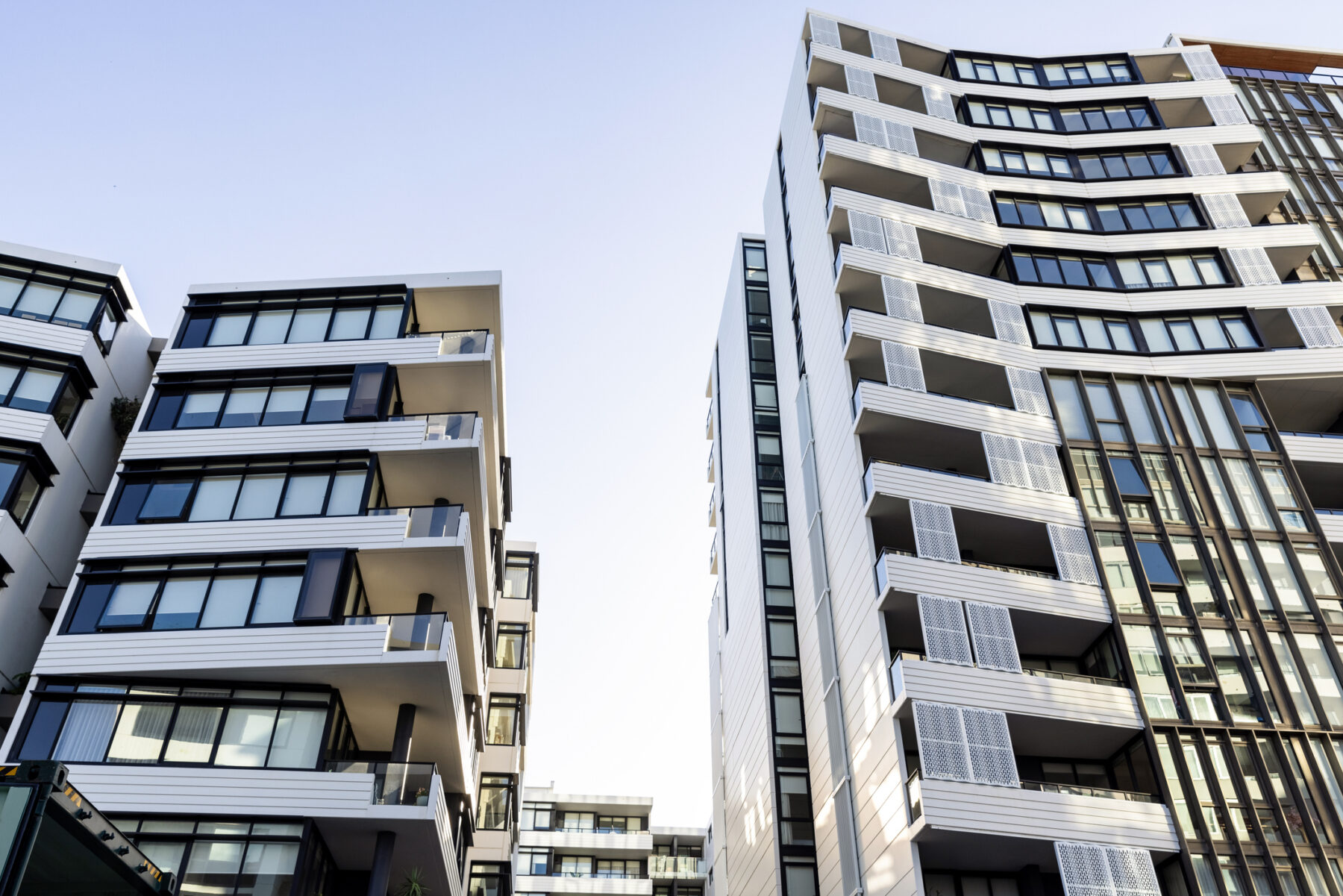Australian BTR Momentum to Continue Despite Inflation, Says Savills Report
19 September 2022
According to leading agency Savills Australia’s latest Build to Rent (BTR) Market Update, Australia’s emerging BTR sector has experienced an 18-month period of rapid growth and is expected to show resilience against inflationary pressures and signs of a weakening economy.
Underpinned by robust investment activity, Australia’s BTR sector has grown exponentially since early 2021, with institutional grade BTR stock now standing at 3,800 with a further 8,400 units under construction. The future pipeline currently stands at 22,500 units, bringing the total size of the sector to 34,700 units completed or in development.
Investment in BTR
Savills says BTR’s ability to weather the COVID-19 pandemic is indicative of the strength of the asset class, and investment sentiment in BTR has been buoyed by a combination of factors including fast recovery of rents post-lockdown, minimal arrears and elevated renewals, low vacancy and solid income growth.
“BTR is an appealing operational asset in the current inflationary environment as the granularity of the revenue streams across multiple tenants allows landlords to recoup inflation cost pressure through increasing rents on a regular basis, rather than fixed mechanical increases as would be seen in a long-term commercial office lease,” said Conal Newland, Savills Head of Operational Capital Markets.
The yield stability reflects how global investors are attracted to BTR’s long-term income streams and suggests they are undeterred by recent challenges to global mobility and border closures.
BTR: Social Impacts
“Our emerging BTR sector is at a pivotal point in its growth trajectory and has also caught the attention of policy-makers, who recognise the role it can play in managing complex issues including affordability, housing deficit, rising rents and new construction,” said Mr Newland.
Savills highlights a critical social impact is the speed that BTR dwellings can be delivered to market with no presale requirement for construction, making it an effective pathway to deliver more affordable housing and assist with housing for the vulnerable in the community.
Smaller Households and Rising Rents
Paul Savitz, Savills Director of Operational Capital Markets says that the Australian residential property market has perfect conditions for the BTR sector to continue to grow.
“Our household size is reducing with a rise in one-person households and fuelling demand for more homes whilst rental vacancy remains low with limited new supply – creating a strong case for rising rents. As we emerge into the post-COVID climate, immigration is also set to pick up with the government increasing the skilled migrant cap to 195,000, alongside an increasing rate of international students returning onshore,” said Mr Savitz.
According to CoreLogic, this sustained period of strong rental growth has seen national dwellings record the highest annual growth in rental values (9.5%) since 2008. Factors driving the upswing include increased government stimulus throughout the pandemic, accumulated household savings through lockdown periods, the swift economic recovery seen as restrictions eased, rapid declines in vacant rentals, the opening of the international border, and a contraction in housebuilding. Most recently, inflation and rising interest rates are contributing to oversized rental growth.
BTR, Inflation and Interest Rates
Despite rising interest rates and inflationary pressures, the Australian economy remains buoyant with significant growth in employment, while the unemployment rate is at multi-decade lows.
According to Savills the impacts of inflation sparking rental increases could be significant with renters making up one-third of the housing market.
The Report forecasts residential will likely be sheltered from a forthcoming consumer spending squeeze, with tenants prioritising rent over spending on non-essentials.
The residential sector has previously proven its resilience throughout periods of high interest rates and inflation, and evidence from increasingly competitive global markets highlights that best-in-class assets are achieving premiums with widespread yield compression.
BTR: Future Outlook
Savills expects the influence of increasing interest rates through 2022 will have a limited impact on yields and discount rates moving into 2023, as the level of capital allocation to BTR for Australia, places downward pressure due to the strong thematic, and outweighs any negativity surrounding rising construction and debt costs.
Over $3.5 billion has been raised and committed to the Australian BTR sector since January 2021 and Savills anticipates this to increase to $4.5 billion before the end of 2022.
“As Build-to-Rent matures as an asset class globally, we have seen the type of capital targeting the sector change. The balance of BTR investors has shifted toward lower cost-of-capital investors. “The performance evidence from global markets has given these investors the confidence to enter the Australian market at an earlier stage and will continue to do so as more opportunities to deploy capital arise over the coming months”, said Mr Savitz.



